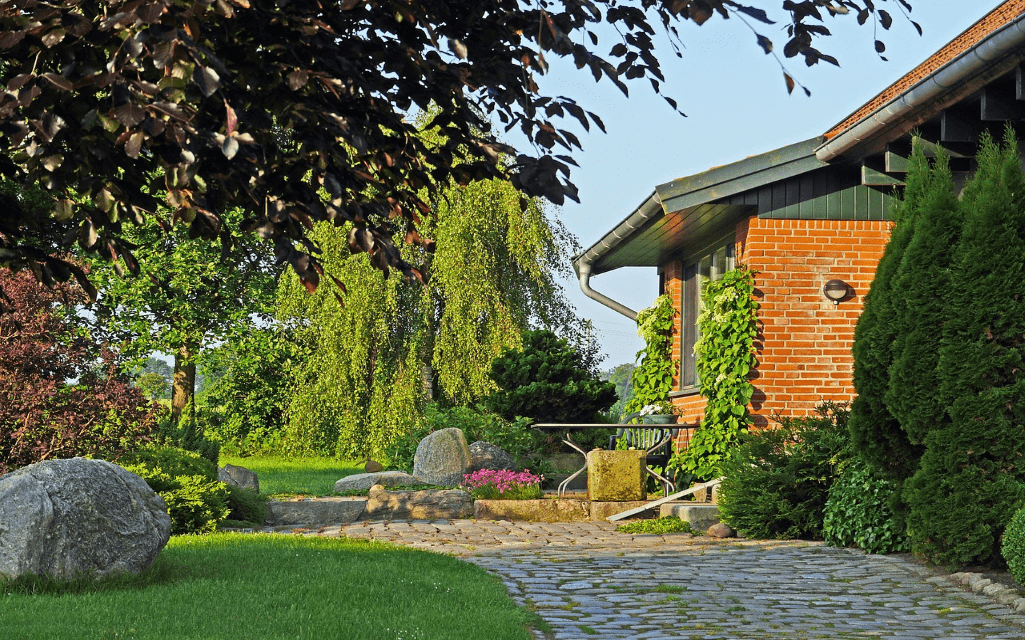One of the joys of gardening is seeing everything come together to create a beautiful space. Unfortunately, that doesn’t always happen. No matter how much experience you have with gardening, mistakes do sometimes occur. Don’t get discouraged if things don’t always go according to plan. You can improve your chances of success by following the tips below.
1. Choose Your Plants Carefully
The type of soil that you have in your garden plays a key role in determining which plants are the most appropriate. Spend some time identifying your soil type before you start shopping for plants. If you aren’t sure what type of soil you have, you can either look at the types of plants that are growing well in nearby yards or you can have your soil evaluated at your local county extension office.
2. Don’t Overcrowd Your Plants
One of the biggest mistakes that people make is putting too many plants into a small area. Most bedding plants are relatively small. Keep in mind, however, that they become much larger as they grow. If you crowd the plants too close together in the garden, some of them may die as they get larger. You will need to water and fertilize them more often to ensure they are getting the support that they need. Plants that are closely crowded together also are more prone to developing diseases. Read the tags on the plants carefully to determine the proper spacing.
3. Handle New Plants With Care
Don’t tug on the stem to remove the plant from its pot. Instead, squeeze the sides of the pot together gently, tilting it toward the ground. As the plant comes out of the container, catch it with your opposite hand. For larger plants, set the pot on a level surface. Rotate the plant, gently squeezing the sides of the pot as you do. Then, tilt the planter toward the ground to slide the plant out of it.
4. Have A Plan In Mind
Creating a beautiful garden is all about planning it out ahead of time. Leave your bedding plants in their pots and arrange them in your garden before planting them. That way, you can come up with a pleasing arrangement without damaging the plants in the process. Once you have a layout that you like, you can then begin the planting process.
5. Water The Roots
Before placing a new plant in the ground, water the root ball thoroughly. The hole that you dig for the plants should be slightly larger than the root ball so that the roots can spread out as the plant grows. This will give it the best chance of thriving.
6. Label Your Plants
If you are using a lot of different varieties of plants in your garden, be sure to label them as you plant them. That way, you can easily identify them as they grow. It is easy to lose track of where you place certain plants in your garden.
7. Learn How To Properly Water Your Garden
As long as your area is not currently experiencing drought conditions, your plants should be able to draw the majority of the water that they need from the surrounding soil. Although requirements can vary from one type of plant to another, a good rule of thumb is to feel the soil with your finger, reaching down into the ground a couple of inches. If the soil is dry, you should consider watering. The only exception to this rule is with container plants. These plants have a lot less soil available. As a result, they need to be watered more often.
8. Control Weeds
If you want your garden to thrive, you need to make sure that it doesn’t get overrun with weeds. Regularly weed the garden, making sure that you get all of the roots, as well. Don’t make the mistake of tossing weeds that have seeds on them into your compost pile. Otherwise, you will simply wind up adding the weed seeds back into your garden when you use the compost in the future.
9. Add Water
Water features can really add to a garden and look spectacular among the shrubbery and the green of the space. If you want something different to the traditional fountain, an outdoor wall fountain can look fantastic.
10. Enjoy Yourself
Gardening is meant to be fun. Don’t let a fear of making mistakes keep you from enjoying yourself. Even if things don’t always go according to plan, you can usually correct mistakes fairly easily. For instance, if you place a plant somewhere and it isn’t thriving, you can always move it to a new location.



